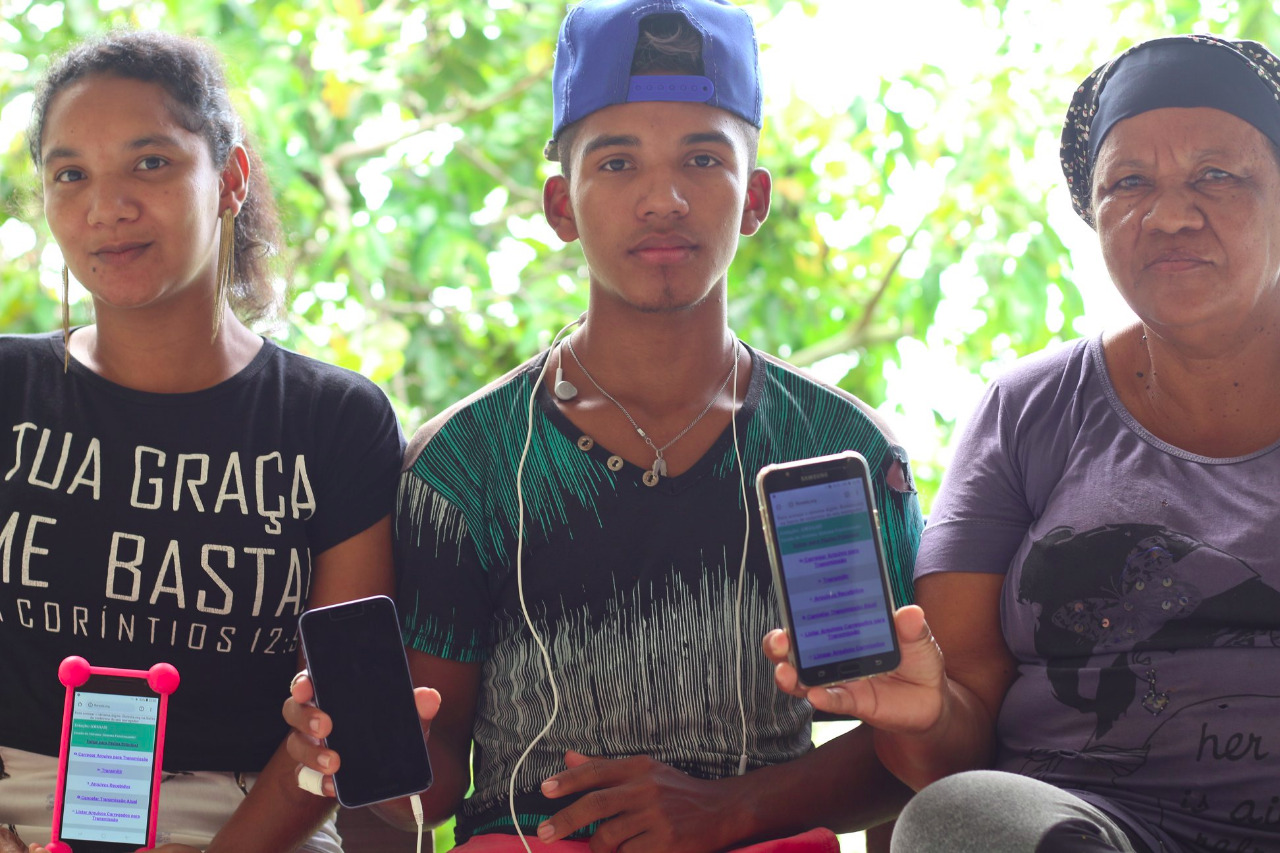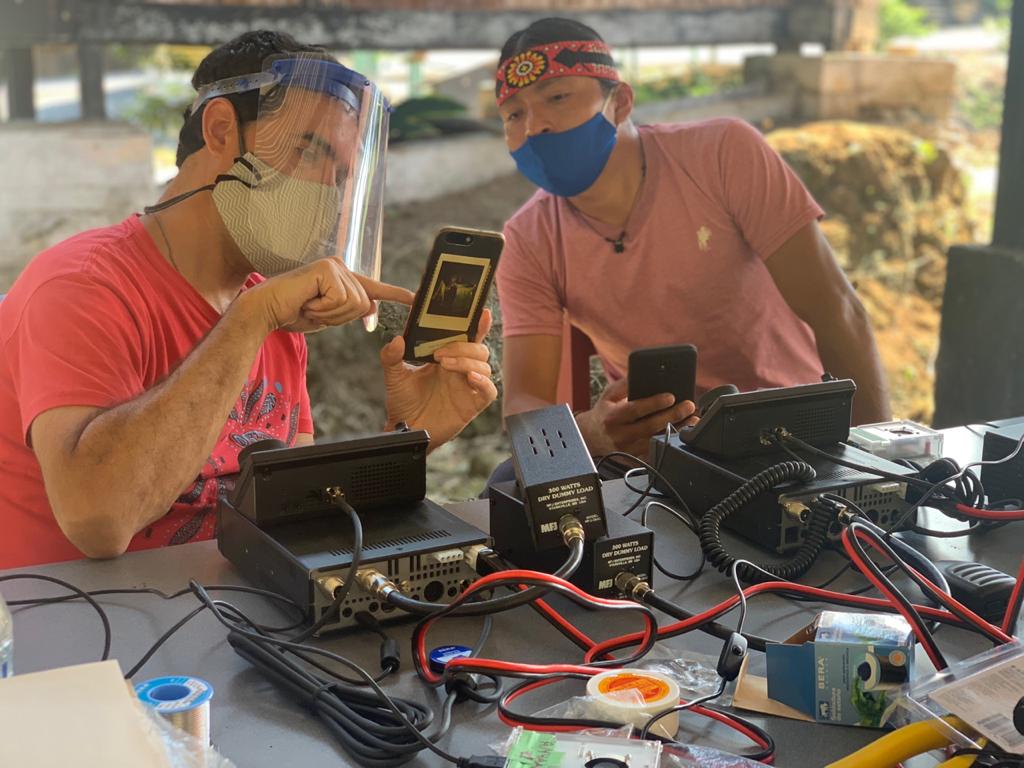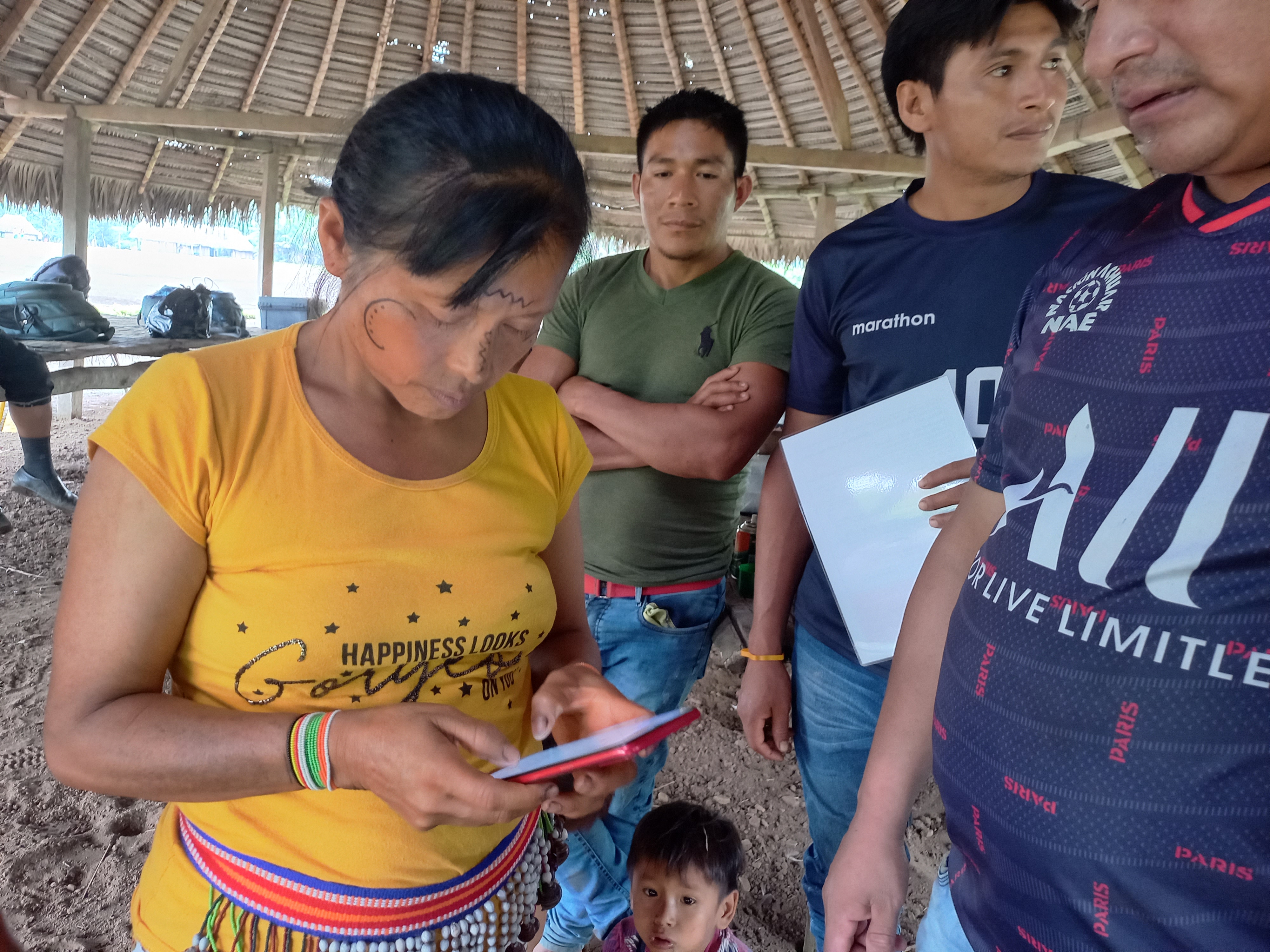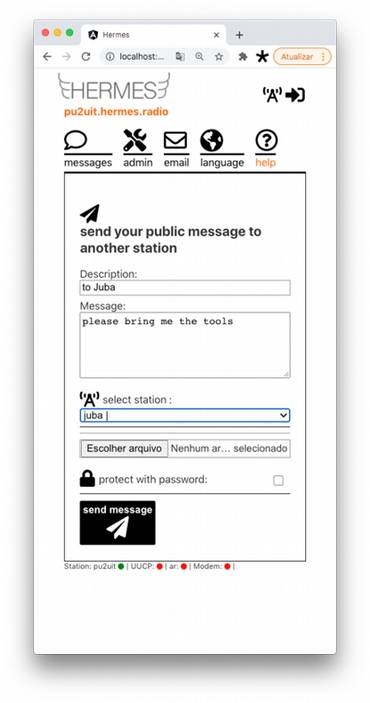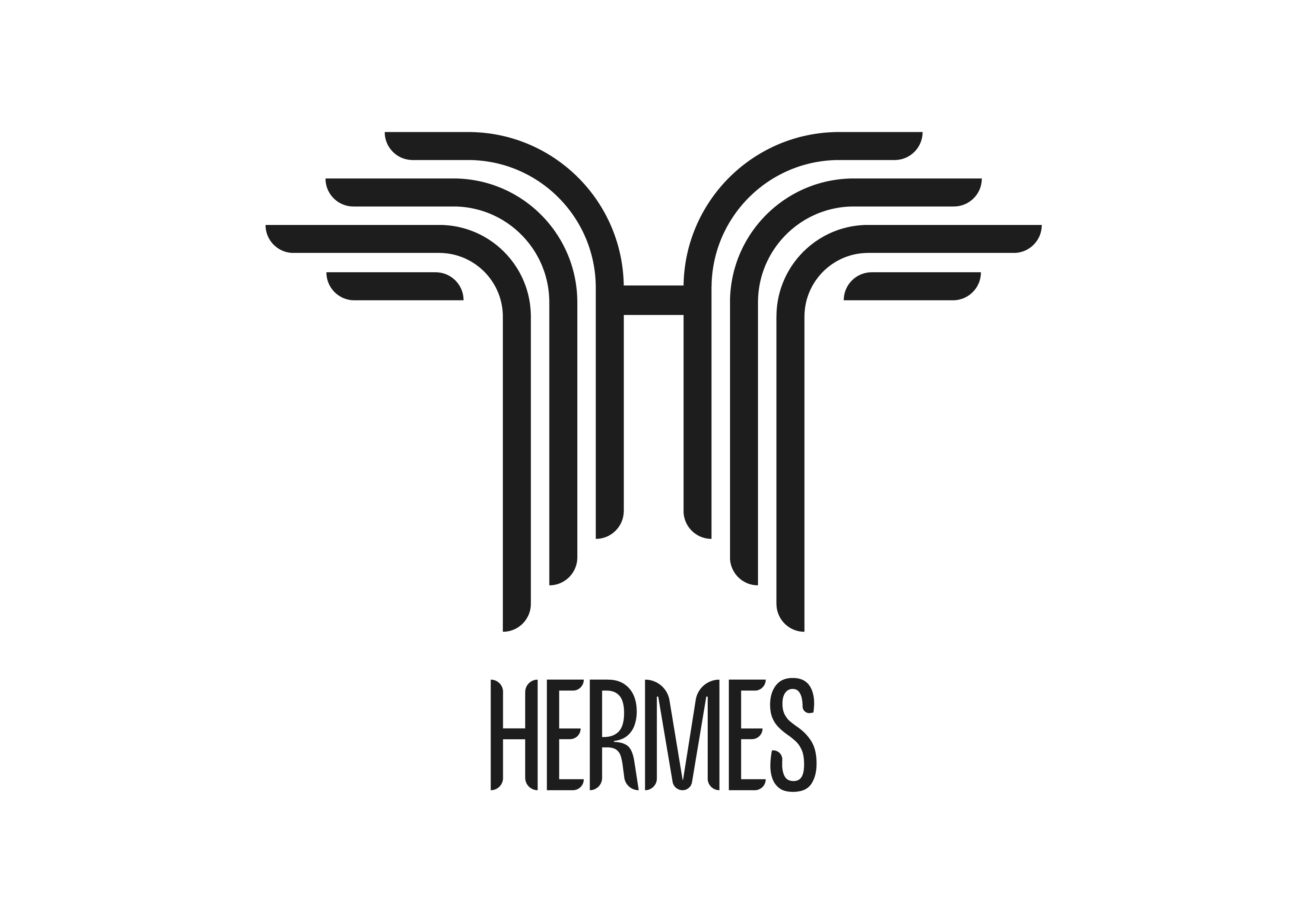
High-frequency Emergency and Rural Multimedia Exchange System
The High-frequency Emergency and Rural Multimedia Exchange System, better known by its acronym, HERMES, provides affordable digital telecommunications over shortwave/HF radio using a simplified visual interface accessible via smartphone or computer, allowing for the transmission and reception of data (chat, audio, documents, photos, GPS coordinates, etc). For security, this information can be easily encrypted and password-protected by the sender. HERMES, both architecture designs and software, is free and open-source.
The project has received funding from numerous sources, and was the winner of Mozilla’s Wireless Innovation for a Networked Society (WINS) Challenge, giving us the opportunity to develop the system into something truly useful for isolated communities. Further funding support has come from ARDC. You can read what others have written here, here and here.
Full system documentation and source code can be found here.
